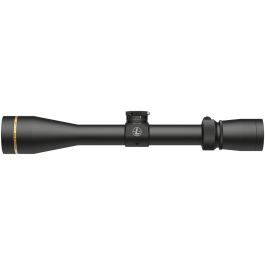Ron Jablonski
NES Member
- Joined
- Nov 3, 2020
- Messages
- 1,768
- Likes
- 4,448
I've used an ares btr 1st gen for a few years on a .308 out to 600 yards and have had no issues. I just picked up a Cronus gen2 for a rimfire PRS build on a Black Friday sale. I don't have the rings for it yet so I don't have a range report but the fit and finish and build quality seems good. I believe Athlon has a lifetime guarantee so if you have any issues it shouldn't be a problem.I never used ATHLON, but EURO OPTICS has a sale right now. There are a few 1-X optics with illuminated reticles that look very nice.
If anyone can comment on the quality of AHTLON, that would be great. I might pull the trigger on one for an AR10 this week.


